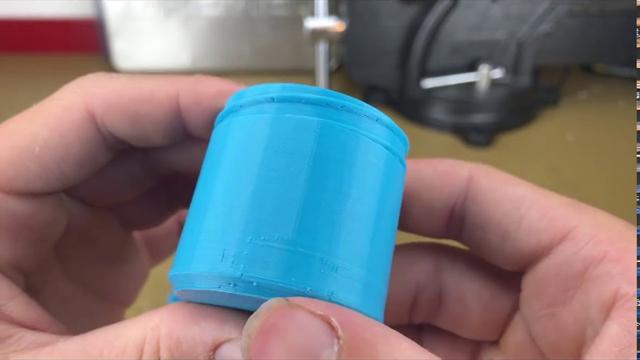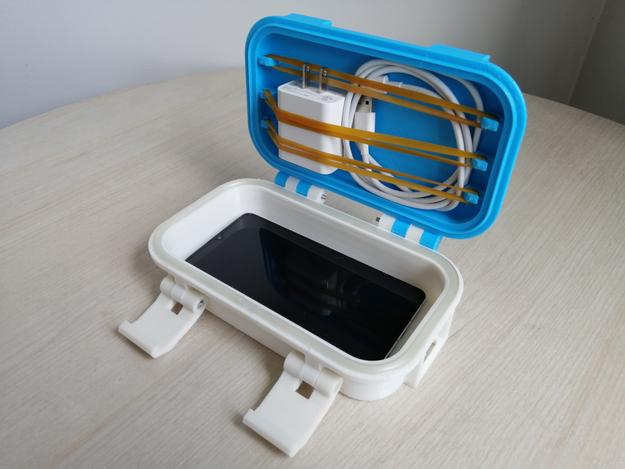
Most normal 3D prints are not watertight. There are a few reasons for this, but primarily it is little gaps between layers that is the culprit. [Mikey77] was determined to come up with a process for creating watertight objects and he shared his results.

The trick is to make the printer over extrude slightly. This causes the plastic from adjacent layers to merge together. He also makes sure there are several layers around the perimeters.
Of course, over extruding may not be good for your part’s dimensions. There are other techniques we’ve seen that work, too, like acetone smoothing ABS or using an epoxy coating to seal the print. Those are probably not going to keep your dimensions, either.
[Mikey77] talks a lot about food safety. Just remember, there’s more to food safety than just being watertight. We covered a lot of considerations about food safety and 3D printing. However, even if you just want to hold water for flowers or print an airway for a pick and place system, these techniques could be very handy even if not food safe.
Maybe with these kinds of techniques, we’ll see more 3D printed boats. Or perhaps a real submarine.